

[Also in these enquiries into the wing-venation and its transformations in Diptera-Nematocera we will consider the subcostal vein (Sc) at most only occasionally. This vein, especially its terminal branches (Sc1, Sc2), is -- in Diptera -- often difficult to discern.]
While all the families until now studied with respect to the wing-venation in their representatives belong to the infraorder Tipulomorpha, the Blephariceridae belong -- following ROHDENDORF -- to a separate infraorder, the Blephariceromorpha. We deal with them here because their wing-venation has some morphological affinities with the Culicidea (which are Tipulomorphs).
The venational groundplan of the family Blephariceridae can be represented by the wing-venation as we see it in Edwardsina stigmatica EDW. :
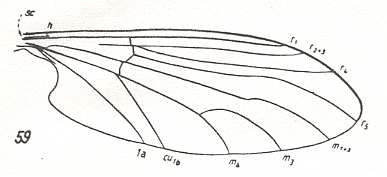
Figure 1 : Wing-venation of Edwardsina stigmatica EDW. Order Diptera, Family Blephariceridae, Infraorder Blephariceromorpha.
(After EDWARDS, 1929, from HENNIG, 1954)
In this form the Radial Sector (Rs) is 3-branched. M1+2, M3, and M4, present. Wing moderately elongate.
The wing-venation in the genus Paulianina represents a deviation from the main evolutionary path of venational transformation in Blephariceridae :
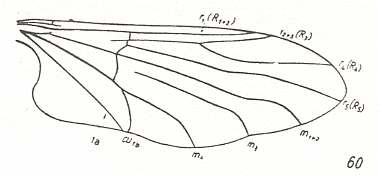
Figure 2 : Wing-venation of Paulianina hova ALEX. Order Diptera, Family Blephariceridae, Infraorder Blephariceromorpha.
(After ALEXANDER, 1952, from HENNIG, 1954)
Capture of R4 by R2+3 ( = shift of R2+3 distad over and along R4). As in Edwardsina (previous Figure) R2+3 not forked and not ending up in R1.
The main evolutionary path -- starting with the venation of Edwardsina ( Figure 1 ) -- is picked up again by Bibiocephala grandis O.S. :
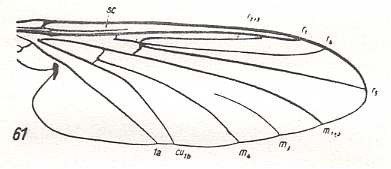
Figure 3 : Wing-venation of Bibiocephala grandis O.S., Order Diptera, Family Blephariceridae, Infraorder Blephariceromorpha.
(After HENNIG, 1954)
Distal end-piece of R2+3 moves basad (i.e. shifts toward the wing-base) over and along R1. Basal piece of M3 reduced
This main path is further followed by Bibiocephala doanei KELL. :
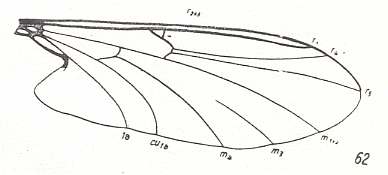
Figure 4 : Wing-venation of Bibiocephala doanei KELL, Order Diptera, Family Blephariceridae, Infraorder Blephariceromorpha.
(After KELLOGG, 1907, from HENNIG, 1954)
The process, indicated in Bibiocephala grandis ( Figure 3 ), has now progressed very far. The basal piece of R2+3 has climbed up along the stem of Rs.
This process comes to a conclusion in Blepharicera fasciata WESTW. :
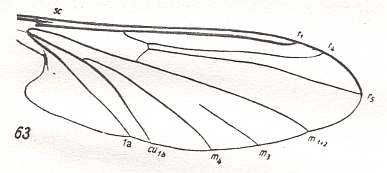
Figure 5 : Wing-venation of Blepharicera fasciata WESTW, Order Diptera, Family Blephariceridae, Infraorder Blephariceromorpha.
(After HENNIG, 1954)
The process, indicated in Bibiocephala grandis ( Figure 3 ), has now come to its conclusion. R2+3 disappeared, leaving Rs only 2-branched.
The same can be seen in Liponeura :
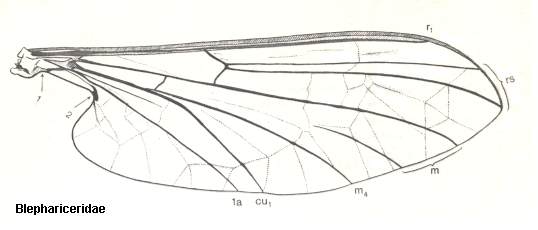
Figure 6 : Wing of Liponeura bilobata LOEW ( Blephariceridae).
(After HENNIG, 1968)
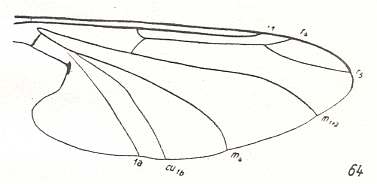
Figure 7 : Wing-venation of Hapalothrix lugubris LW., Order Diptera, Family Blephariceridae, Infraorder Blephariceromorpha.
(After HENNIG, 1954)
R4-R5 fork markedly shortened. M3 disappeared. Anal lobe very large. Wing relatively broad.
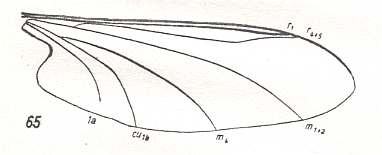
Figure 8 : Wing-venation of Apistomyia elegans BIG., Order Diptera, Family Blephariceridae, Infraorder Blephariceromorpha.
(After HENNIG, 1954)
R5 vanished. Radial Sector (Rs) is now only one single vein. Basal part of Rs and the cross-vein r-m shifted toward the wing-base. The wing is fairly narrow.
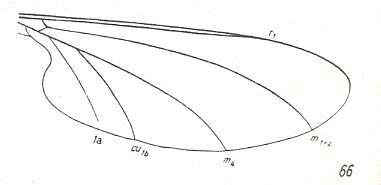
Figure 9 : Wing-venation of Hammatorrhina bella LW., Order Diptera, Family Blephariceridae, Infraorder Blephariceromorpha.
(After KELLOGG, 1907, from HENNIG, 1954)
R4 also vanished, so this wing does not have a Radial Sector anymore.
This concludes our exposition of the wing-venation in Blephariceridae. It is clear that the venation in this family has followed its own evolutionary path.
e-mail :
 ( Please write in ' Subject ' entry : ' METAPHYSICS ', in order for me to be able to distinguish your mail from spam )
( Please write in ' Subject ' entry : ' METAPHYSICS ', in order for me to be able to distinguish your mail from spam )
To continue click HERE for the further study of Organic Evolution, Part XXI.
Back to Evolutionary Part XVII
Back to Evolutionary Part XVIII